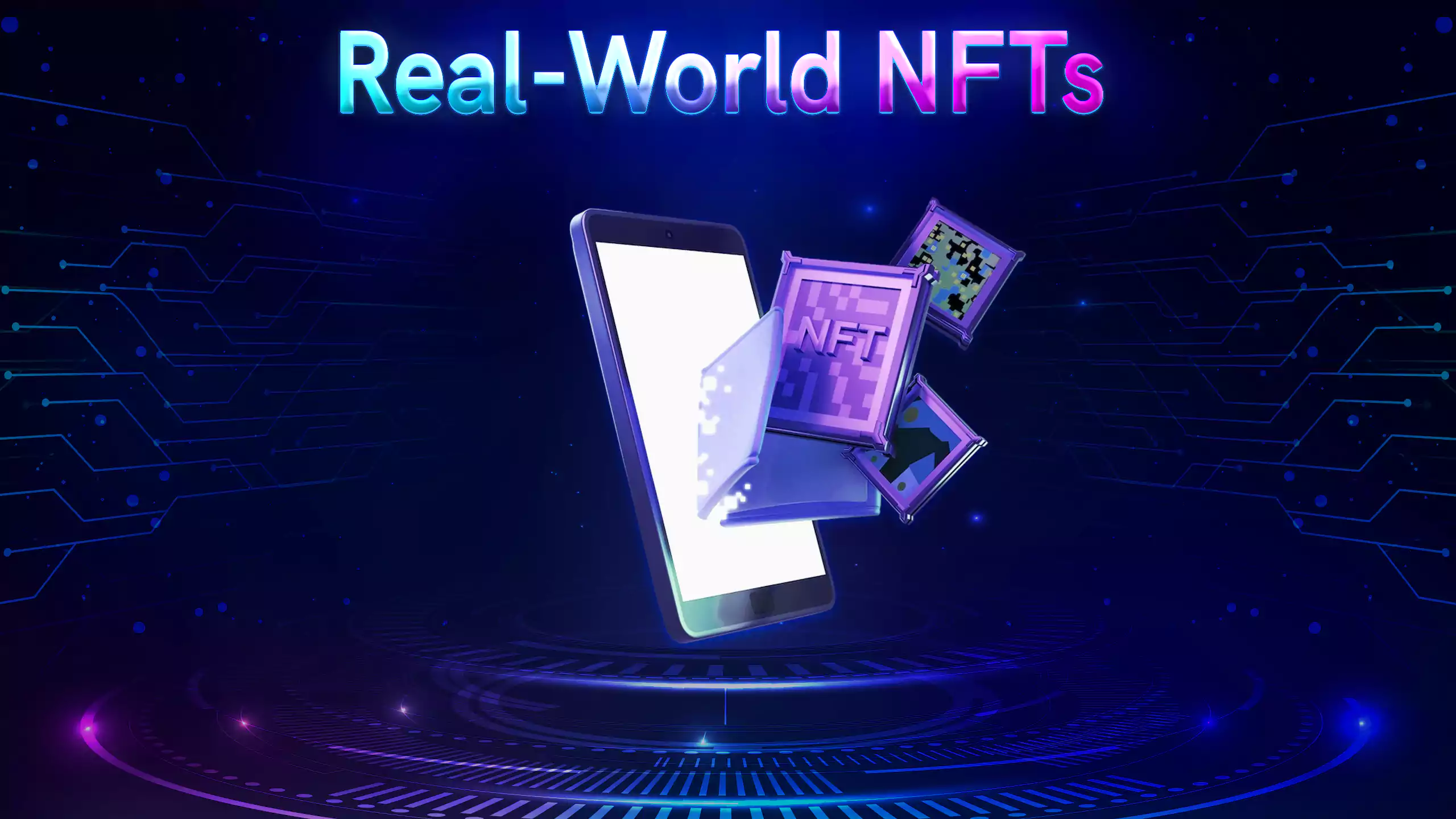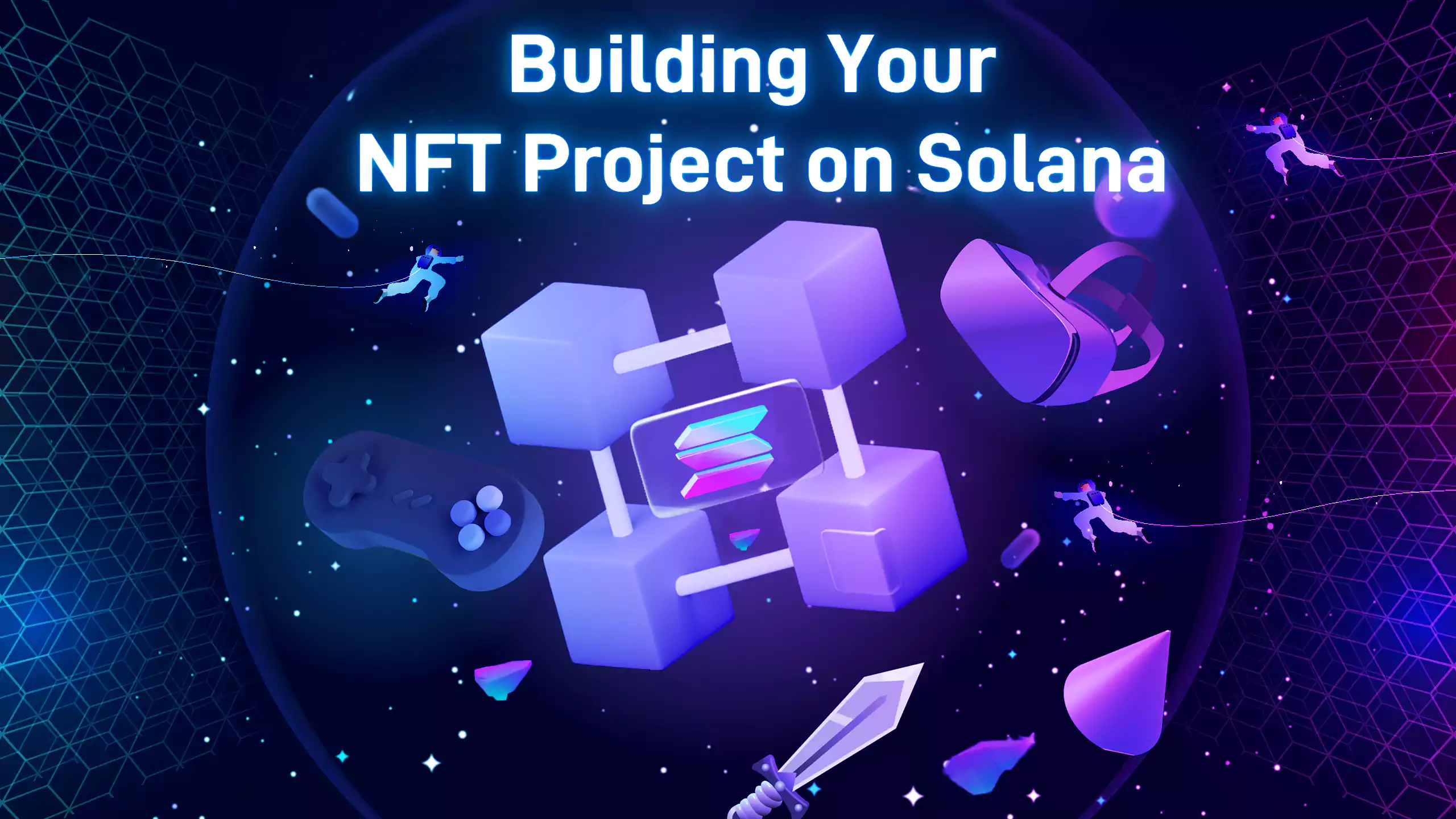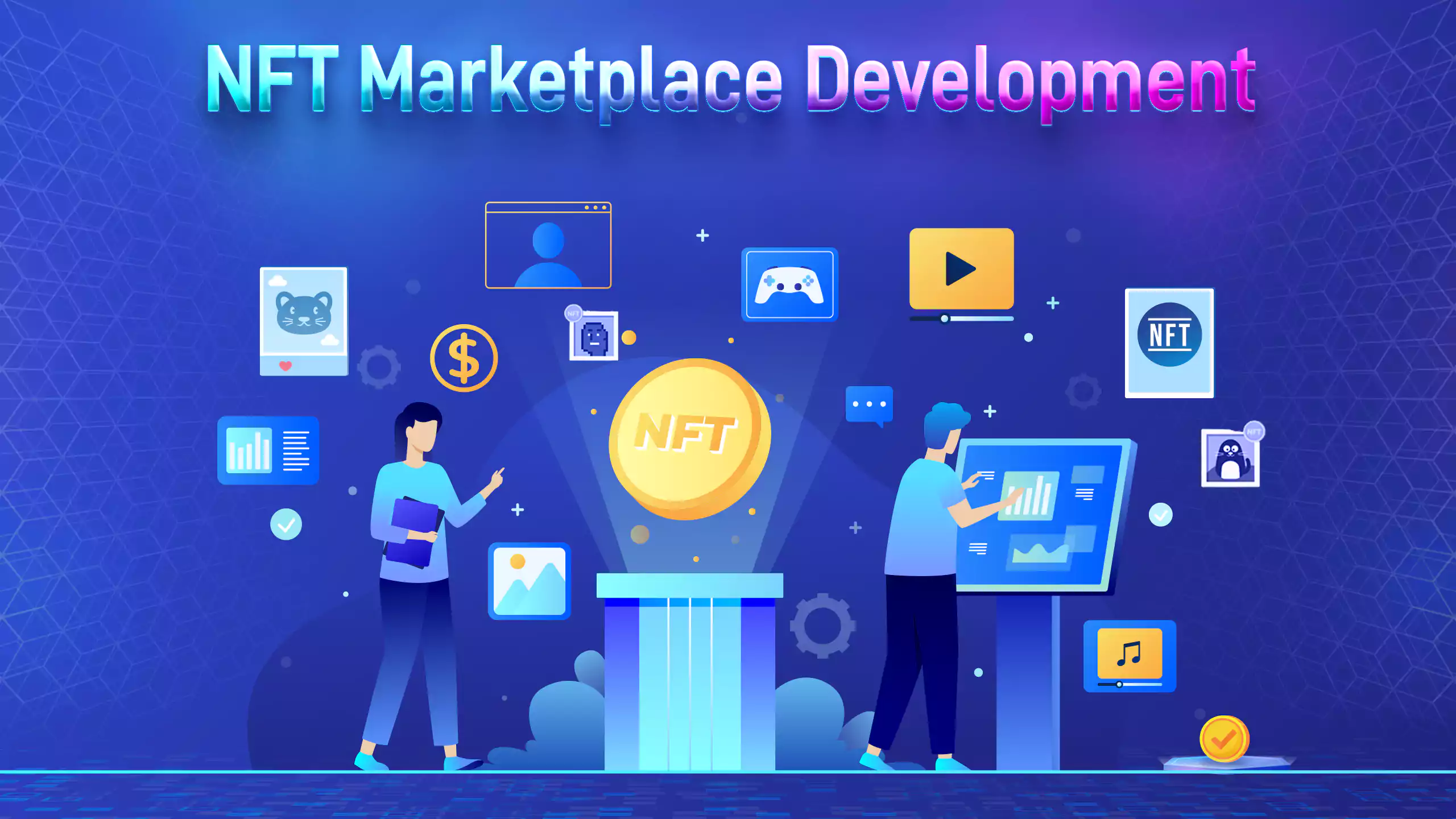When Ja Rule signed a deal with Flipkick to create a real-world utility with NFTs by introducing Physical NFTs using a Near-field communication (NFC) chip authentication method, the world could quickly see more use cases in the NFT space. And more recently, Gary Vaynerchuk (or GaryVee), creator of VeeFriends– one of the world's most successful digital NFT collections with a market capitalization of $502 million– announced his interest in real-world NFTs on 8th March 2022.
Since then, he has partnered with Zerocool and launched a trading card collectibles set bringing VeeFriends to physical form. Today, he intends to turn pokemon cards into physical NFTs. But perhaps the most iconic partnership today is with GaryVee, Y Combinator (famous for incubating unicorns including stripe, Airbnb, and dropbox), and Brinks (world's leading transportation company).
These companies are set to tokenize physical assets like Rolex watches, put them up as NFTs on platforms like OpenSea, store them in vaults, and transport them directly to customers with the help of Brinks.
What are NFTs?
A non-fungible token (NFT) is a non-replicable and non-interchangeable unit of data stored and traded on a blockchain, a digital ledger. Banknotes and cryptocurrencies can be exchanged for one another provided they are of equal value; the possessor will treat a dollar bill the same as another dollar bill. NFTs, on the other hand, differ from cryptocurrencies in that each token is uniquely recognized, with unique identifiers stored in smart contracts. Because no two NFTs are alike, they cannot be switched like for like. Collectibles such as digital artwork and digital media like photographs, videos, and audio may be converted to NFT data units.
What Are Utility NFTs?
Utility NFTs are still in their early phases, yet they provide value accumulation for NFT technology, with endless prospects for visionary NFT inventors. Otherwise called NFTs 2.0, Utility NFTs are tokens with a value depending on the access, benefits, and possibilities they bring to token holders.
These NFTs have a well-defined intrinsic value in addition to the typical scarcity of NFTs. NFT staking or farming is a well-known utility application. It involves staking NFTs on the blockchain to a protocol of choice to earn a yield.
This is an exemplary case where Decentralized Finance (DeFi) meets NFTs, as it provides passive yield-generating utility to NFTs. Redeemability is another sort of NFT utility that is gaining prominence. NFTs that are redeemable can be exchanged for either a physical or digital item. In this way, real-world NFTs are a form of utility NFT as they contribute to highly-sought utility.
What Are Real-World NFTs?
A physical NFT (Non-Fungible Token) is a token that represents a real-world physical asset. The Real-World Asset NFT is a way to incorporate physical assets into the burgeoning crypto market, bridging the gap to boost the value and utility of cryptocurrency. NFT real-world assets, though still non-transferable, are controlled by the sellers.
The physical assets NFT utility makes room for value exchange, allowing for frictionless commerce and asset movement across international borders. Through the blockchain, decentralized physical commerce dismantles monopolization and enforces security.
How to Get Real-World NFTs
The following are some of the reasons that people buy real-world asset tokens:
Logistics
Shipping, insurance, escrow for payments, and a dispute resolution mechanism are all part of the process for transferring physical items. An NFT is instantaneous, and payments can be exchanged through an atomic swap, assuring that both parties get what they want.
Availability
An NFT can be bought and sold at any time with the public reflection of ownership of the physical artwork changing hands numerous times in a day due to its different owners worldwide. Meanwhile, physical assets offline that are not tokenized may only change hands after years or decades and require a necessary check before transportation.
Ease of trading
An NFT can be instantaneously marketed and sold on a variety of internet marketplaces, which beats the traditional auction trading process. Traditionally, a long process of securing a place at the auction house, packaging and transporting the physical asset is involved.
In addition, NFT items can be purchased or sold by anyone with a cryptocurrency wallet. This allows for a much larger worldwide pool of traders and liquidity in the market, whereas physical items that are not tokenized could get limited customers. NFTs also foster security as the metadata serves as 'copyright' or a digital certificate that proves authenticity and ownership, which mitigates fraud.
Acquiring a Physical Asset linked to a Digital NFT
Ensuring that both physical items and NFTs are in sync is tricky. Physical asset holders may sell the assets offline for cash and fail to update the digital records, leaving investors online to buy the equivalent NFTs blindly. However, this can be avoided by carefully observing either option below:
- They had a reputable custodian take custody of the physical asset while the digital NFT trades. The custodian must deliver the physical asset to the NFT buyer with terms agreed.
- Treat the digital NFT as a stand-alone piece that may be priced, purchased, and sold independently of the physical artwork. The NFT's value is unaffected by the physical item and may accompany the physical asset upon asset claiming.
Are Utility NFTs Real World NFTs?
Utility NFTs have a distinct intrinsic value that goes beyond scarcity and collectability. Holding a utility token, for example, may grant you access to unique experiences, exclusive access to products, or membership benefits. Because this business is still in its early phases, the opportunities for NFT developers are limitless.
Marketers can leverage utility NFTs as a new revenue stream and a unique approach to reach out to customers. For example, utility NFTs can be used for in-game assets, weaponry, or virtual products that players can buy and use within a game.
Utility NFTs are not necessarily real-world NFTs. However, the value generated from utility NFTs that can affect the socio-economic quality of life or improve the efficiency of real-life systems is a real-world use case of utility NFTs. Some real-world NFTs use cases include:
- Verifying the authenticity of an award or a rare asset?
- Demonstrating ownership of items
- Buying and selling
- Preserving scarcity
Conclusion
The current NFTs market is young and speculative, with most projects relying on small groups of investor-collectors. However, many real-world NFT applications coming to the fore are birthing sustained utilities. Hence, the value of NFTs is increasing.






